The town of Laguardia is an ideal place from which to visit other close-by places. Visit the Artium museum of Vitoria, or its Santa María gothic cathedral, muse at the writer Ken Follet; these are destinations located less than an hour away by car. Located a bit further away are places such as the Guggenheim Museum of Bilbao, the San Sebastián Aquarium and places for playing golf, mountain biking, etc.
Here, we provide details on the most significant places:
Rioja Alavesa
Between the Sierra de Cantabria and the Ebro is the Rioja Alavesa region. Its scenery, its archaeological remains, its villages and towns, its gastronomy and its wines make for a richness that must be discovered.
Vitoria-Gasteiz
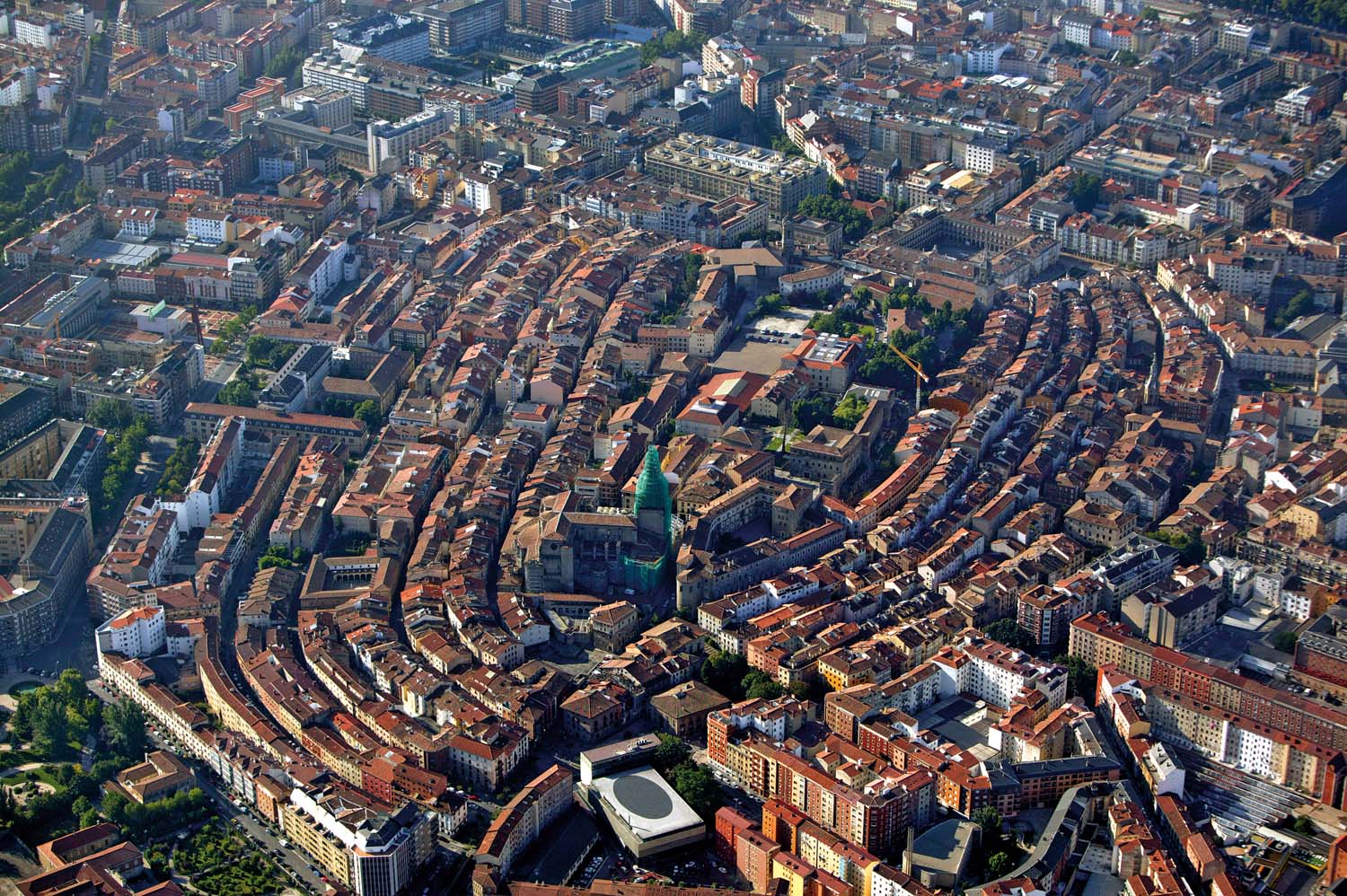
The historic town of Vitoria-Gasteiz (declared a Monumental Site in 1997), is one of the most beautiful towns in the Basque Autonomous Community. The medieval town and the neoclassical wide streets hold the most important historic heritage of Vitoria-Gasteiz.
Numerous testimonies of the history, art, nature and even the industrial tradition of the town can be found in repositories and museums within the town.
There are more than 40 parks in Vitoria, furthermore, there are more than 130,000 trees belonging to 150 different species which make the whole town a great botanical garden.
-
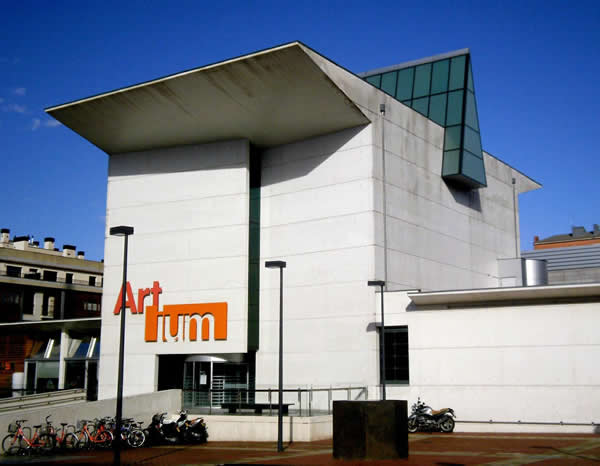
ARTIUM Museum of Contemporary Art
Opened in April 2002, ARTIUM belongs to a generation of contemporary art museums established in the millennium that have a remarkable artistic depth and are invested in making the current expressions of creation accessible to the majority of people.
ARTIUM forms part of the cultural hub of the Medieval town of Vitoria-Gasteiz and the Basque museum network, and is regarded as a key piece in the cultural dynamic of Álava and the Basque Country.
-
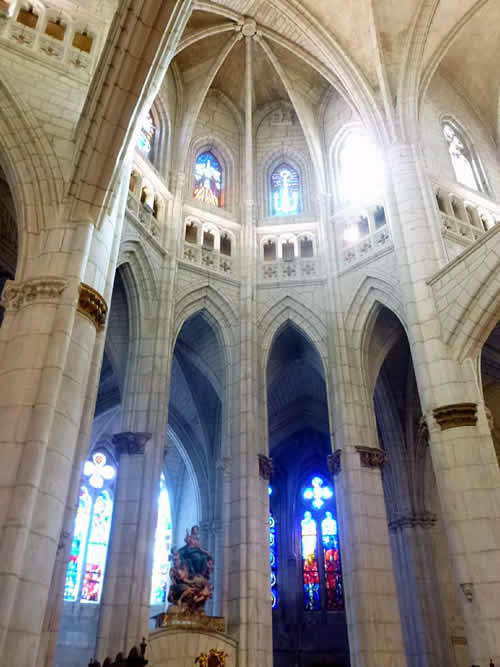
Santa María Cathedral
The cathedral stands at the highest point in the town, where it is possible that the early Vitoria settlement was established. It was constructed in gothic style on a XIII century church-fortress. Viewed from the outside, it reminds us of a fort.
Restoration work is now being carried out on the entire building, which has made for the discovery that it is suffering from such serious maintenance and balance issues that urgent reinforcement work is needed
This state of possible imminent collapse, which already caused closure of the church to the public, several years ago, is complicated, and most probably caused by the existence of constructions beneath and around it that are apparently from a previous era and have not yet been analysed. The building itself, considered to be a XIV century construction, is, in reality, a palimpsest of works from times gone by, of varying strengths in structure - works which have caused a winding progression in these distortions over the centuries, of repair upon repair until it became the semi-ruins that it is today.
Its patron saint, the Virgin Saint Mary, is featured in a beautiful gothic carving which represents the Virgin seated with her child. It also holds paintings by Flemish artists such as Van Dyck and houses a curious capital on bullfighting.
For more information and guided tours, please call: 945 255 135.
-
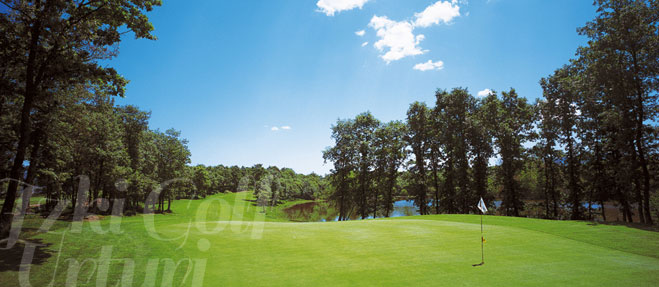
Urturi and Lagrán Golf Courses
Their wide fairways, lined with oak trees and holly, and the design of their holes make playing on these courses a complete experience for the enjoyment of golf and of nature in its purest form. They are located just 30 kilometres from Laguardia.
- 1
Other districts
-
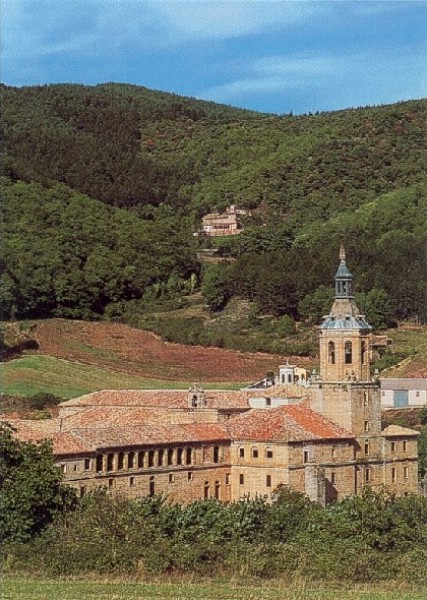
San Millán de la Cogolla
Photo: JoxemaiIn the Yuso Monastery, the first writings in peninsular Romance language are documented, the Glosas Emilianenses (Glosses of Emilianus) are the first reference to our language, with the monasteries here being the nucleus of medieval culture and the origin of the Castilian language.
The monastery and the town take their name from the saint, San Millán, as they were derived from him. He shared miracles and teachings as though it were the goodwill of sharing bread: without expecting anything in return. He lived a long life, of more than 100 years: he was born in Berceo in the year 473 and died in Suso in 574. And it’s no wonder that the Spain of the seventh century, that looked to myths and milestones for its identity, found in San Millán a 'role model, father, patron and powerful advocate' (as Hispanic liturgy refers to him shortly after the IV Toledan Council of 634); Saint Braulio writes of his life, Saint Eugenio, who was a poet, dedicates some emotional couplets to him, Saint Fructuoso is interested in his persona, Saint Ildefonso cites him in his De viris illustribus… All of this without us having left the VII century.
-
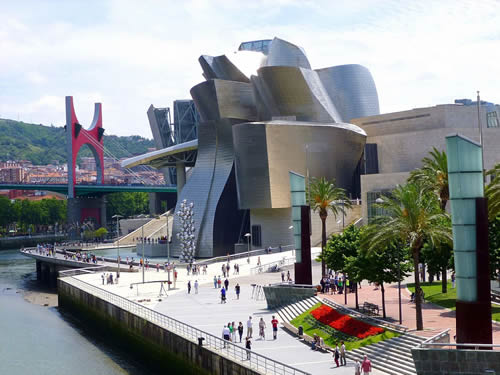
Bilbao Guggenheim Museum
Photo: ZaratemanDesigned by the North American architect Frank O. Gehry, the Bilbao Guggenheim Museum is located on a 32,500m² plot that is located at the level of the River Nervión, being 16m below the altitude of the city of Bilbao and is traversed at one end by the colossal La Salve Bridge, one of the main entrance points into the city.
-
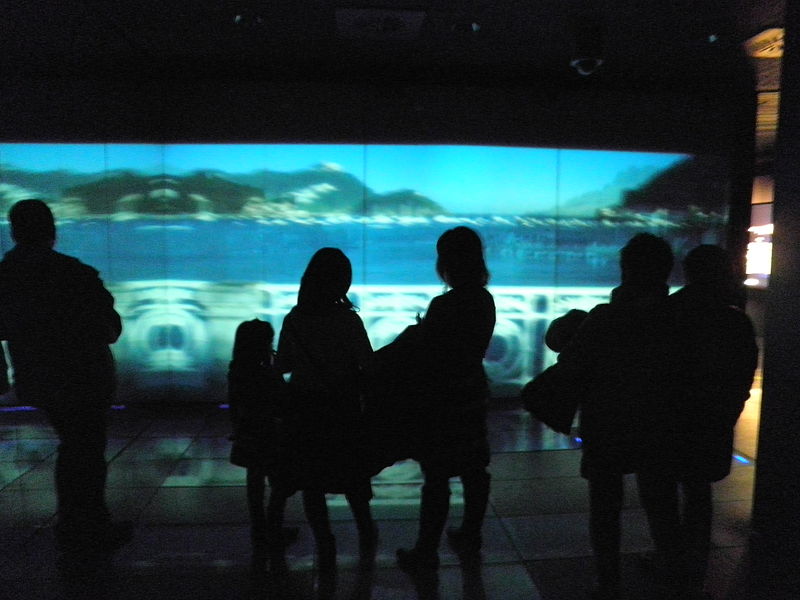
Palacio del Mar (Sea Palace) Aquarium in San Sebastián
Photo: JoxemaiThe Palacio del Mar Aquarium of Donostia-San Sebastián, with more than 5000 amazing species of fish and a large oceanarium, is crossed by a 360-degree tunnel, and is unique to Europe.
It was opened in 1928 as an initiative of the Guipuzkoa Oceanographic Society (SOG). Indeed, it was the first museum established in Spain dedicated to natural sciences.
- 1
Natural tourism resources
-
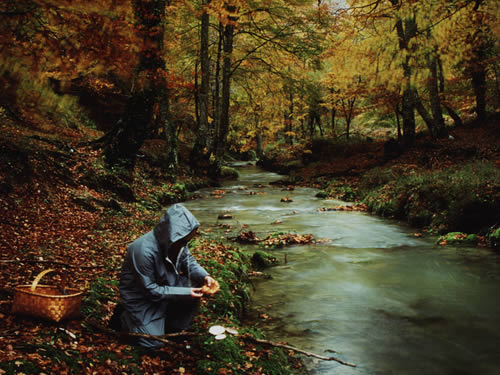
Valderejo Nature Park (Álava)
This beautiful corner of the Basque Country, surrounded by the chalky crests of Vallegrull, Lerón and Karría, holds within it a peaceful valley, full of nature. The low population density and its isolation have facilitated its excellent state of preservation. More information
-
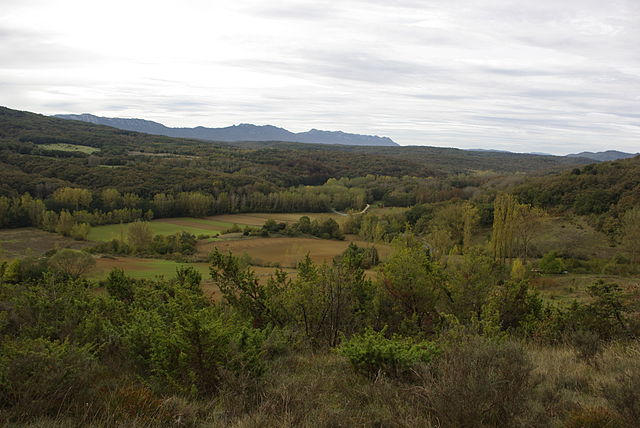
Izki Nature Park (Álava)
Photo: Rahernaiz 91One of the attractions of this park is its dense woodlands. It has an expanse of 3,500 hectares of Pyrenean oak, being the largest woodland of this type in Europe.
-

Gorbea Nature Park (Álava)
This park, located at the foot of Mount Gorbea, has some landscape of extreme beauty, enabling us to enjoy flora and fauna virtually in its natural state. The Sanctuary of Oro and the Gujuli Waterfall are well worth a visit, as are the artisan workshops of various local products.
-
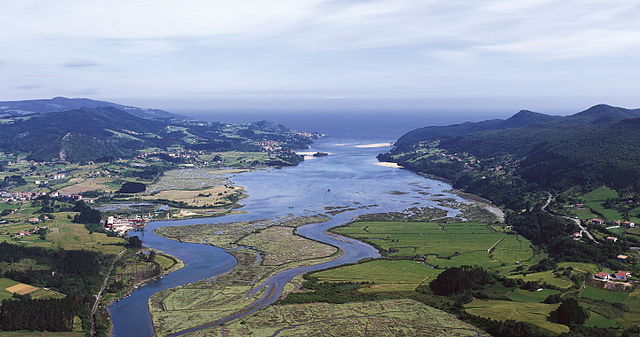
Urdaibai Biosphere Reserve (Vizcaya)
Photo: Mikel ArrazolaFor its expanse and level of conservation, Urdaibai represents the most important wetland of the Basque Country, and is a place for migratory birds to rest and retreat for the winter. UNESCO granted it the title of Biosphere Reserve in 1984.
-

Urkiola Nature Park (Vizcaya)
Photo: Iñaki LLMSurrounded by wonderful landscapes that contrast its rugged limestone summits with its meadows and woodlands, Urkiola is a place of continuous pilgrimage, and a destination and retreat for nature-lovers.
The Urkiola Nature Park, located in the Basque Country, within the setting of the Duranguesado mountains, is in an area of great historical, geographical and scenic interest
It is formed from elevations of limestone crests, where one can admire the contrast of scant vegetation and the occasional patch of trees occupying the sparse, stark slopes with the dense woodlands of the lower land, towards the valleys.
Its surface is shared between the historic territories of Bizkaia and Araba, in proportions of 85% and 15% respectively. It is known as 'Little Switzerland', for the ruggedness of the terrain which is perhaps reminiscent, although on another scale, of the alpine peaks. The hare, the boar and the common vulture, among others, are abundant fauna here and lookout points are available to use. More information
-
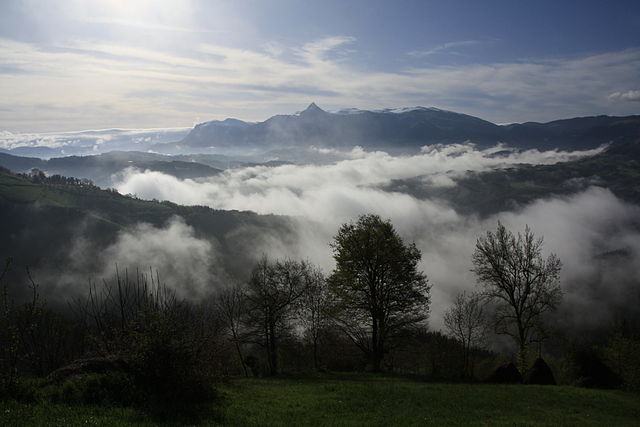
Aralar Nature Park (Guipúzcoa)
Photo: Xabier EskisabelMagical and evocative, Aralar Park, with its limestone massifs and its rivers and springs, rich in vegetation and fauna, with its myths and legends, captivates locals and those from further afield with its irresistible power. The ascent to its peaks requires specific rock climbing experience.
-

The Cliffs of Aia (Guipúzcoa)
Photo: Mikel OrtegaThis granite massif, of great ecological interest, stands out for its striking beauty and its rich forestland and, above all, for its varied fauna. In its setting, there are streams, such as that of Aitzondo, which has a waterfall of more than 100 metres in height.
- 1

